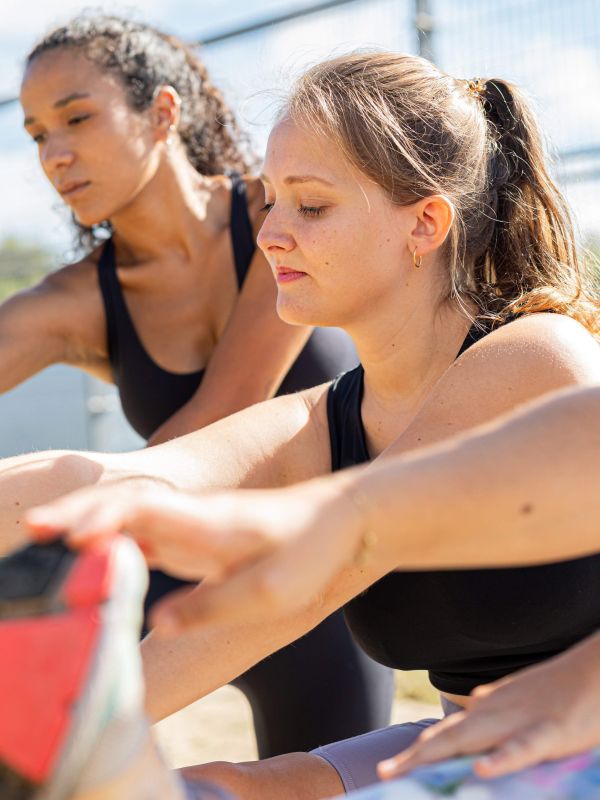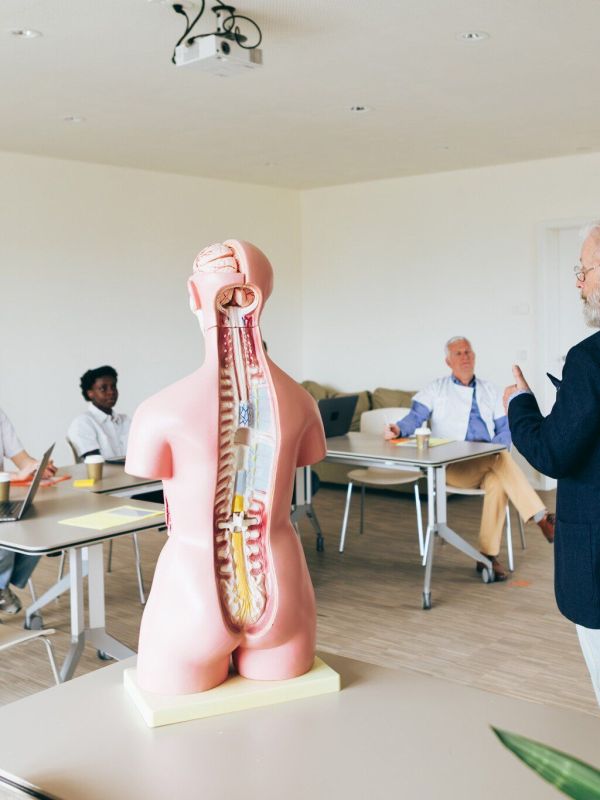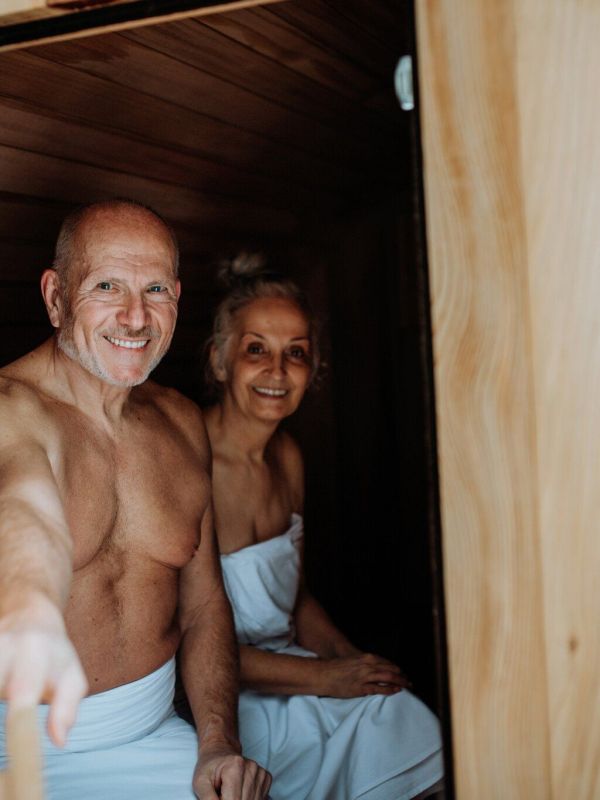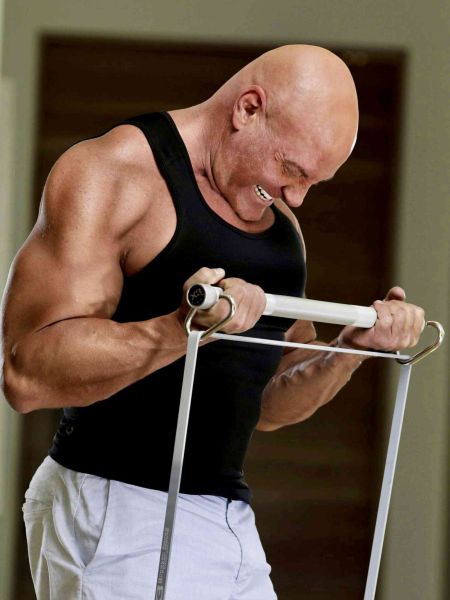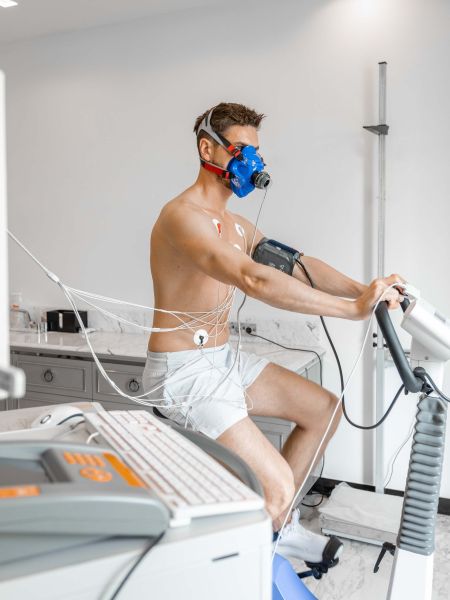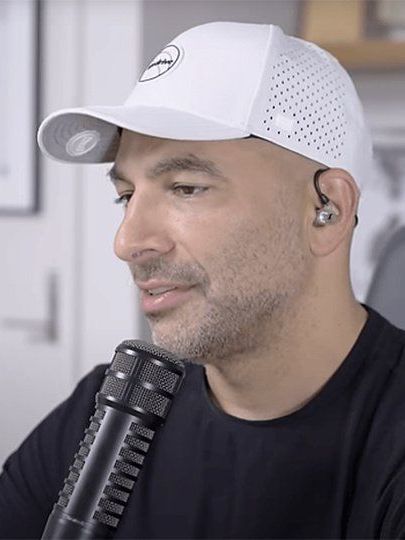Baseline guidelines for fitness & exercise
Foundational Health Series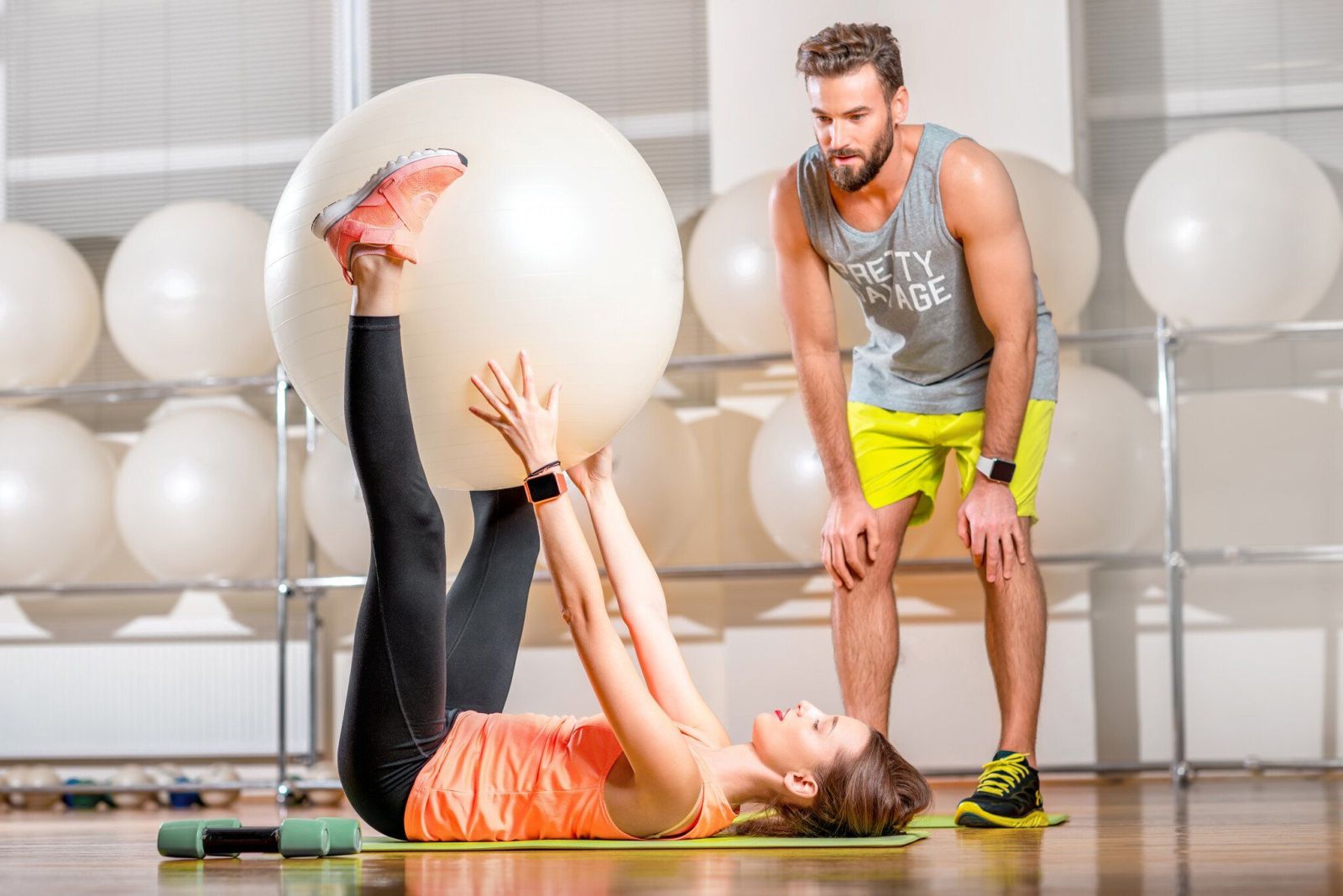
Fitness & Exercise
"Sitting is the new smoking."
- Author Unknown
It's impossible to prescribe a one-size-fits-all fitness routine that anyone can implement, but here's some high level advice: your fitness goals determine the exercise routine that's right for you.
For instance, if you have been living a sedentary lifestyle or experiencing health complaints such as fatigue and low energy — characterized by metabolic dysfunction — jumping into a HIIT training routine might be counter-productive. It could deplete your body even further or lead to injury. Instead, starting with daily walks before easing your way into more intense routines might be the way to go.
If you are currently engaged in more frequent, intense workouts, here are some high level points to consider:
- Exercise earlier in the day if possible. Exercise raises cortisol levels in the body, so if you work out later in the day it can disrupt your circadian rhythm, ultimately making it more difficult to achieve deep non-rapid eye movement (NREM) sleep.
- Shorter, more intense exercise sessions can build fitness and burn calories more effectively than a long routine.
- Especially for those in the 40+ crowd, factor in appropriate recovery time if you're trying to increase muscle.
A 2018 Study in Medicine & Science in Sports & Exercise concluded that:
Low muscle strength was independently associated with elevated risk of all-cause mortality, regardless of muscle mass, metabolic syndrome, sedentary time, or LTPA among US older adults, indicating the importance of muscle strength in predicting aging-related health outcomes in older adults.
Prioritize strength and building lean muscle, being careful not to over-exercise. Don't hesitate to seek professional support from a certified fitness trainer in how you can achieve your fitness goals, which should be some combination of the following:
- Increase the reserve capacity of your heart and build your lung power (VO2 Max).
- Increase lean muscle mass and muscle tone
- Increase strength, flexibility, and endurance.
- Reduce visceral fat in your abdomen
- Enhance detoxification through daily lymph flow and perspiration. Use a sauna when possible (see detoxification).
VO2 Max
VO2 max, or maximal oxygen consumption, refers to the maximum amount of oxygen that an individual can utilize during intense or maximal exercise. This measurement is generally considered the best indicator of cardiovascular fitness and aerobic endurance.
I'm a big fan of Dr. Peter Attia and the research he brings to the general public. His clinic is a huge proponent of increasing VO2 max, which he describes as the highest metabolic output you can sustain while keeping your lactate level below two millimole per liter (mmol/L).
"If you knew somebody who had low cardiorespiratory fitness and didn't want to take the steps that were necessary to get into even average or above average fitness, you would be able to say to them, 'Do you realize the choice you're making is more illogical than a smoker who continues to smoke?'…And it's no comparison. It's no comparison in terms of the hazard ratio of death."
—Peter Attia
Zone2 Training
Zone 2 training, often referred to as aerobic training, is characterized by a moderate level of cardiovascular exertion and power output that can be maintained for a substantial amount of time.
Think of an 'easy run' or a moderate bike ride. During this type of training, the body has enough time to synthesize sufficient amounts of energy to keep up the given level of effort that the muscles are demanding, without inducing too much fatigue. Defining this zone by heart rate (HR) is difficult given it's highly individual, but getting to 60-75% is the generally accepted range in the fitness industry.
Attia goes on to explain that, "if you can do these [zone 2 sessions] fasted, you're stressing the system in a good way."
Begin layering Zone 2 training into your weekly regimen. To get started, commit to three sessions of 20 minutes per week. The more intermediary commitment is three hours per week, with no sessions shorter than 45 minutes.
Muscle Strength and Its Correlation to Muscle Mass
Research has shown that men, as compared to women, are more prone to experience rapid declines in muscle mass as they age. There is a relative stability for women as they age, and women tend to hold a higher percentage of their muscle mass below their waist.
Based on the research that Peter Attia has discussed, muscle strength matters more than muscle mass as it relates to mortality risk. While the two most likely go hand in hand, we all know at least one 'wiry'' person that is as strong as an ox. If you don't know any, then check out Anatoly :)
All things equal, strength is more optimal than mass. Be strong by pushing yourself with higher weights or some combination or higher reps (progressive overlaod). Going to failure with higher weights is sometimes necessary to accelerate strength. IMPORTANT: allow adequate time for recovery. Doing these higher weight, intensive workouts more than once per week per body part could potentially be considered excessive and counter-productive.
The Future
I'm excited to share that we have a strong pipeline of expert community members who will be posting articles with further and more advanced fitness and exercise recommendations. Stay tuned!
Foundational Health - Basic Guidelines Series:

